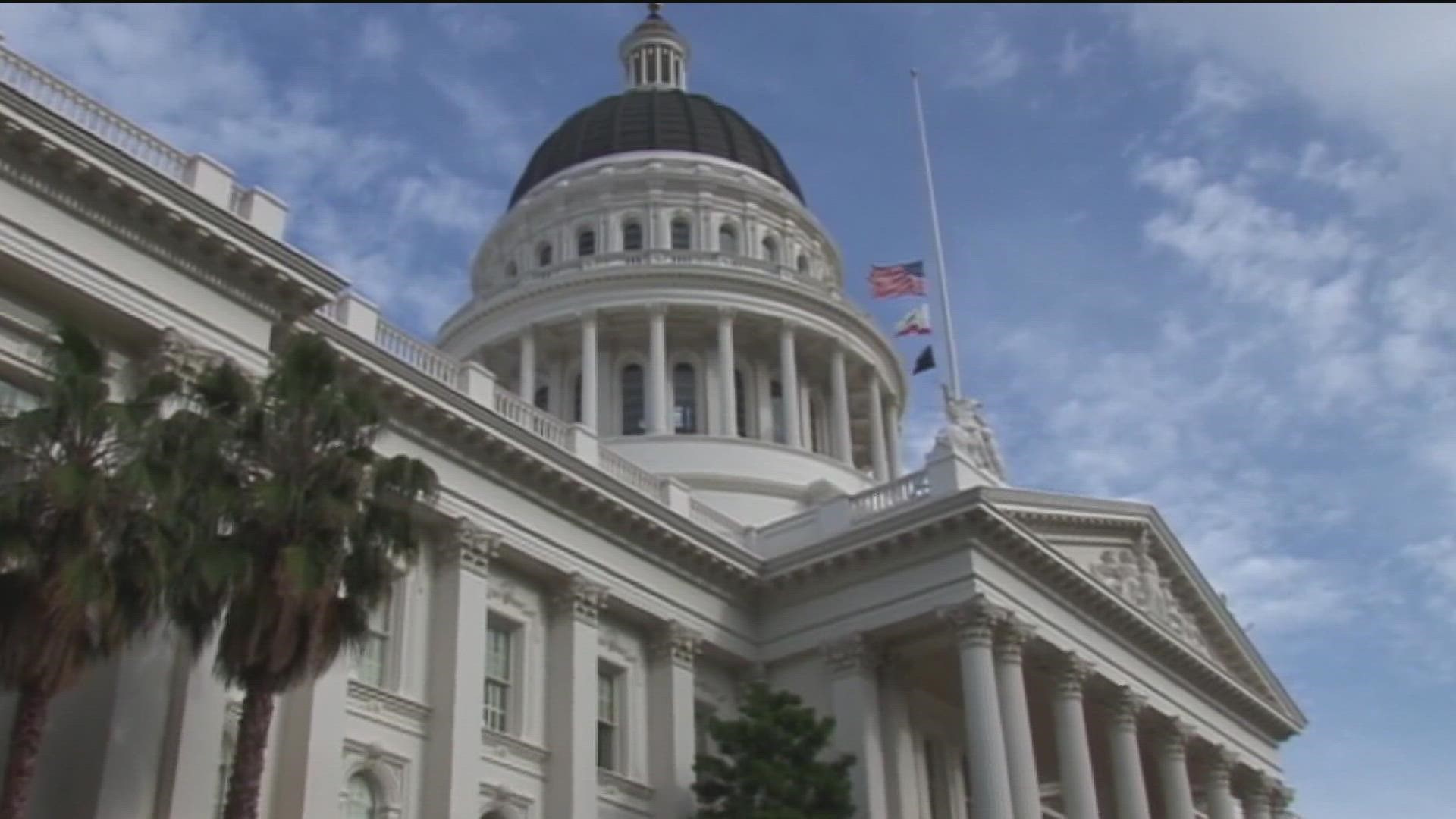CALIFORNIA, USA — CalMatters originally published this story.
One of the joys of Dr. Sumana Reddy’s job as a family medicine doctor is seeing patients of all ages and walks of life.
Reddy runs a private practice with a couple of locations in Monterey County, and her patients include Salinas’ farmworkers, newborns, government workers, school teachers, and even some patients she delivered many years ago.
About 20% of her patients are covered by Medi-Cal, the state’s insurance program for low-income people. Ideally, she’d like to serve even more Medi-Cal patients, but the program’s low reimbursement rates have limited how many patients she can see to break even for many years. She enjoys treating patients, but she also has a business to run.
Recent investments in the state’s Medi-Cal program, including a newly proposed pay boost for primary care providers and others, renew Reddy’s excitement about the program. “It’s always been a juggle to accept the amount of Medi-Cal that will keep us solvent,” Reddy said. “As the state makes commitments to support Medi-Cal, we can continue to expand our patients.”
How much of an impact this reimbursement increase will have on patients’ access to care remains to be seen. But policy experts and providers say it’s a good signal for a crucial program that provides health coverage for more than 15 million Californians.
Specifically, the state is looking to increase Medi-Cal reimbursement for primary, maternity, and non-specialty mental health care providers. This includes care provided by doctors, nurse practitioners, physician assistants, and doulas. The proposal would increase what Medi-Cal pays for services rendered by these providers to 87.5% of what Medicare — the federal health insurance program for seniors and people with disabilities — pays for the same service.
Medi-Cal’s reimbursement for primary care and non-specialty mental health services is anywhere from 70% to 100% of what Medicare pays, according to the state’s Department of Health Care Services.
For instance, Medicare pays about $108 in San Francisco for a primary doctor’s office visit. Medi-Cal pays $68 for that same visit.
Maternity care services are reimbursed on average 60% to 70% of Medicare rates.
Among most providers, Medicare is often considered the standard for pay, although some say that the program still reimburses under cost for some services. And Medi-Cal typically pays even less.
Physicians have long argued that low Medi-Cal reimbursement is a crucial reason for the difficulty in attracting more doctors to underserved communities, where a large percentage of the population is on government-paid care. Meanwhile, at least in part, hospitals blame low Medi-Cal pay for the current financial distress of some rural and independent hospitals.
“It does seem important that the state and the Medi-Cal program are recognizing that the program has just grown since the ACA (Affordable Care Act),” said Shannon McConville, a research fellow at the Public Policy Institute of California. “Medi-Cal is providing coverage to about 35% of the state’s population, and as we continue to expand it and have it be the cornerstone of this idea that everyone has health coverage, it needs to be meaningful.”
How the department settled on the proposed rate increase was based on what the state could afford. Still, rates may be further adjusted in future budgets, said Lindy Harrington, the Department of Health Care Services assistant state Medicaid director.
Harrington said these three areas of services — primary care, maternity, and non-specialty mental health — were prioritized because of the state’s focus on prevention. If you can improve care on the front end, fewer people need more acute care.
Research shows that increased funding in primary care results in better health and lower overall costs, yet the U.S. spends only about 5% to 7% of total health spending on primary care, with other countries spending twice as much.
“There is a specific focus on strengthening and supporting the (Medi-Cal) system,” Dr. Mark Ghaly, the state’s health secretary, said in a press call. And that support cannot be just about expanding eligibility “but also securing its foundation and financial bedrock.”
More money from health plan tax
Despite California’s projected deficit for 2023-24, the state’s health budget has remained primarily unscathed, with no significant cuts or setbacks. The increased provider rates will be funded by revenue from a more substantial tax on health insurance plans.
This tax on managed care plans, also known as the Managed Care Organization tax, allows the state to impose a per-member tax on Medi-Cal insurance plans and commercial projects. Because Medi-Cal is jointly funded with state and federal money, California can use that tax money to request matching federal dollars. Unfortunately, the tax expired at the end of last year, and the state is looking to bring it back retroactively to April of this year.
That tax is expected to bring $19.4 billion to the state between April 2023 through the end of 2026. In addition, about $11 billion will be partly used to pay for provider reimbursement increases.
Revenue from the managed care tax, and consequently the increased pay for providers, depends on the federal Centers for Medicare and Medicaid Services approving the state’s proposal. The form must formally request the enhanced funding by the end of June.
But pouring more money into the Medi-Cal program comes with some caution. The independent Legislative Analyst’s Office warns that permanently increasing rates will add pressure to future budgets, especially if the proposed managed care tax arrangement doesn’t last beyond 2026.
“By committing a portion of the MCO tax for augmentations, the Legislature would have less flexibility to adjust spending priorities were the state’s budget situation to deteriorate further,” the Legislative Analyst’s Office wrote in its proposal analysis.
Rather than adopting permanent rate increases, the analyst’s office proposes temporary supplemental payments to Medi-Cal providers to support the program and provide a safety cushion in future budgets.
Still, providers say a permanent rate increase has been long overdue, and I’d like to see more of it. This first step is securing more funding for the Medi-Cal program and its providers, at least allowing these conversations to occur, said Erica Murray, president and CEO of the California Association of Public Hospitals and Health Systems. Health systems, which run hospitals and outpatient services through their clinics, are still analyzing what this increased reimbursement proposal would look like for them.
“There is no way, given the scope of how underfunded Medi-Cal is, that it’s going to be sufficient,” Murray said, “And it’s still necessary.”
WATCH RELATED: San Diego healthcare workers facing verbal and physical abuse from Patients



